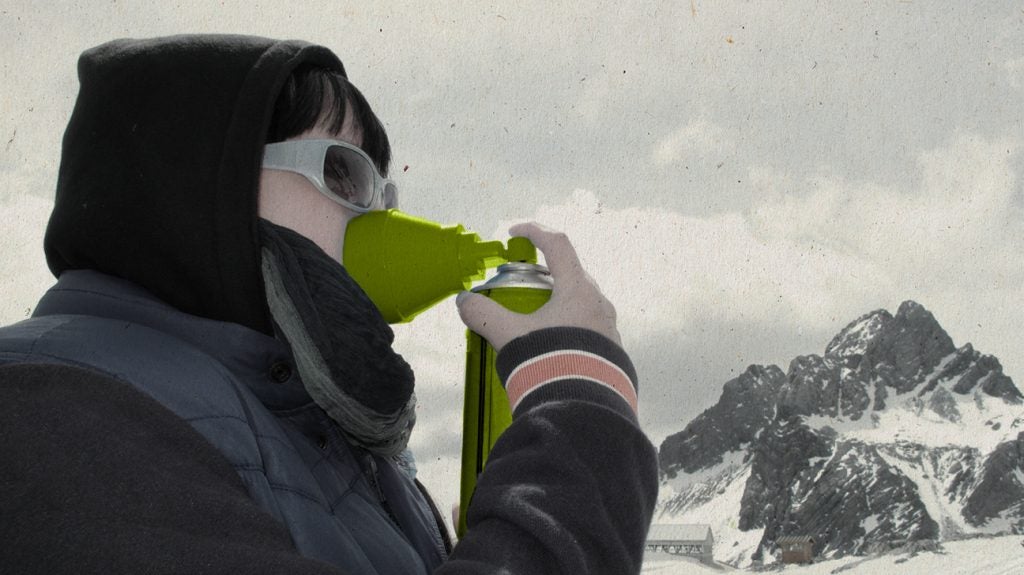High Altitude, High Stakes: Can Allergies Worsen Altitude Sickness?
The mountains offer an escape to breathtaking scenery and exhilarating adventures, but they can also pose challenges for some individuals, particularly those with allergies. While altitude sickness, or Acute Mountain Sickness (AMS), isn’t traditionally considered an allergy, a growing body of research suggests a potential link between the two. In this comprehensive guide, we’ll delve into the intricacies of altitude sickness, its potential connection to allergies, and provide practical tips for managing and preventing this high-altitude ailment.
What is Altitude Sickness (AMS)?
Altitude sickness is a collection of symptoms that can occur when you ascend to high altitudes too quickly. It’s the body’s response to the decreased air pressure and lower oxygen levels found at higher elevations. As you go higher, the air becomes thinner, making it harder for your body to get the oxygen it needs.
Common symptoms of altitude sickness include:
- Headache: This is the most common symptom and often feels like a throbbing or pulsating pain.
- Nausea and vomiting: These can occur due to decreased oxygen levels affecting the digestive system.
- Fatigue and weakness: The body has to work harder at high altitudes, leading to tiredness and a lack of energy.
- Dizziness and lightheadedness: Decreased oxygen to the brain can cause these sensations.
- Shortness of breath: Even with minimal exertion, you may find it difficult to catch your breath.
- Sleep disturbances: Insomnia and difficulty sleeping are common due to changes in breathing patterns and oxygen levels.
In severe cases, altitude sickness can progress to high altitude pulmonary edema (HAPE) or high altitude cerebral edema (HACE), both of which are potentially life-threatening and require immediate medical attention.
The Allergy Connection: An Evolving Understanding
Traditionally, altitude sickness has been viewed as a physiological response to low oxygen levels, not an allergic reaction. However, emerging research suggests a potential link between allergies and an increased risk of developing AMS.
Here’s what we know so far:
Inflammation: Allergies and altitude sickness both involve inflammation in the body. Allergic reactions trigger the release of inflammatory chemicals like histamine, while the reduced oxygen levels at high altitudes can also lead to inflammation. This heightened inflammatory response in allergy sufferers may exacerbate the symptoms of altitude sickness.
Respiratory Issues: People with allergies, especially those with asthma or allergic rhinitis (hay fever), may already have compromised respiratory function due to inflammation and airway constriction. The lower oxygen levels at high altitudes can further strain their respiratory system, making them more susceptible to altitude sickness.
Immune Response: Allergies are essentially an overactive immune response to harmless substances. This heightened immune activity may also contribute to the development of altitude sickness in some individuals.
Who is at Risk?
Anyone can develop altitude sickness, but certain factors increase the risk:
- Rapid Ascent: Ascending too quickly to high altitudes without allowing your body to acclimatize is a major risk factor.
- High Altitude: The higher the altitude, the greater the risk.
- Individual Susceptibility: Some individuals are naturally more prone to altitude sickness than others.
- Underlying Medical Conditions: Conditions like heart or lung disease can increase the risk.
- Allergies and Asthma: Individuals with these conditions may be more susceptible, especially if their conditions are not well-controlled.
Preventing and Managing Altitude Sickness
- Gradual Ascent: Ascend slowly to allow your body time to adjust to the lower oxygen levels. This means avoiding flying or driving directly to high altitudes and gradually increasing your elevation over several days.
- Acclimatization: Spend a few days at a lower altitude before ascending further. This gives your body time to produce more red blood cells, which carry oxygen throughout the body.
- Hydration: Drink plenty of fluids to stay hydrated, as dehydration can worsen symptoms.
- Medications: Acetazolamide (Diamox) can help prevent and treat altitude sickness by aiding acclimatization and reducing symptoms. Ibuprofen or aspirin can help with headaches.
- Descent: If symptoms worsen, the most effective treatment is to descend to a lower altitude. This will often relieve symptoms quickly.
Specific Recommendations for People with Allergies
If you have allergies, take extra precautions when planning a high-altitude trip:
- Consult Your Doctor: Discuss your allergy history and any potential risks associated with altitude sickness. Your doctor may recommend specific medications or precautions based on your individual needs.
- Optimize Allergy Management: Ensure your allergies are well-controlled before embarking on your trip. This may involve taking your regular allergy medications as prescribed and carrying any rescue medications you may need.
- Monitor Your Symptoms: Pay close attention to any worsening allergy or altitude sickness symptoms. If you experience severe shortness of breath, chest pain, or confusion, seek medical attention immediately.
- Consider a Hypoxic Chamber: If you’re unsure how you’ll react to high altitude, you can simulate high-altitude conditions in a hypoxic chamber. This can help your body acclimatize and give you an idea of how you might respond to altitude.
Embracing the Mountains Safely
Altitude sickness can be a daunting prospect, but it shouldn’t deter you from enjoying the wonders of the mountains. By understanding the risks, taking preventive measures, and being prepared, you can minimize your risk and enjoy your high-altitude adventures to the fullest. Remember, it’s always better to err on the side of caution and prioritize your health and safety.


